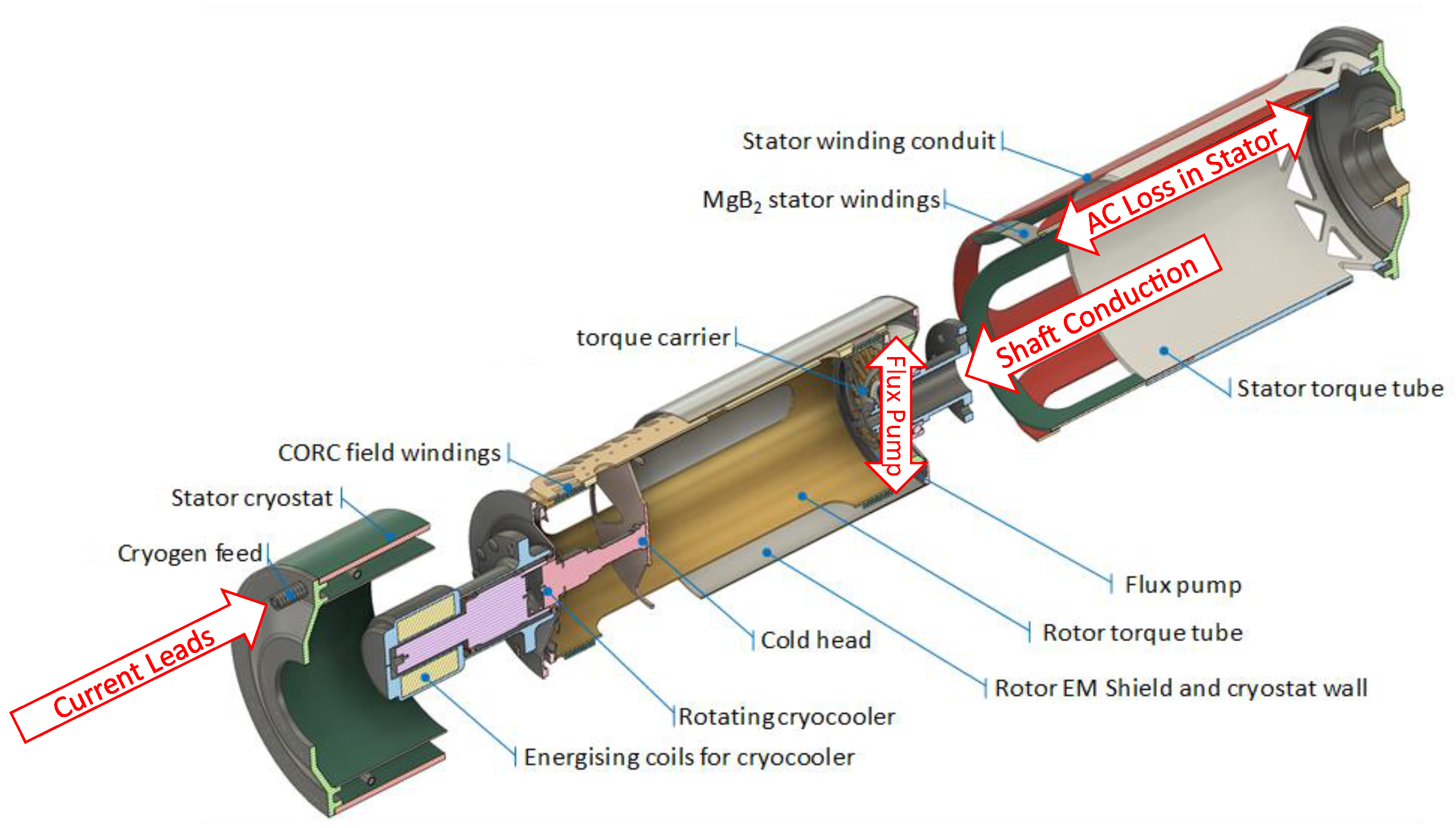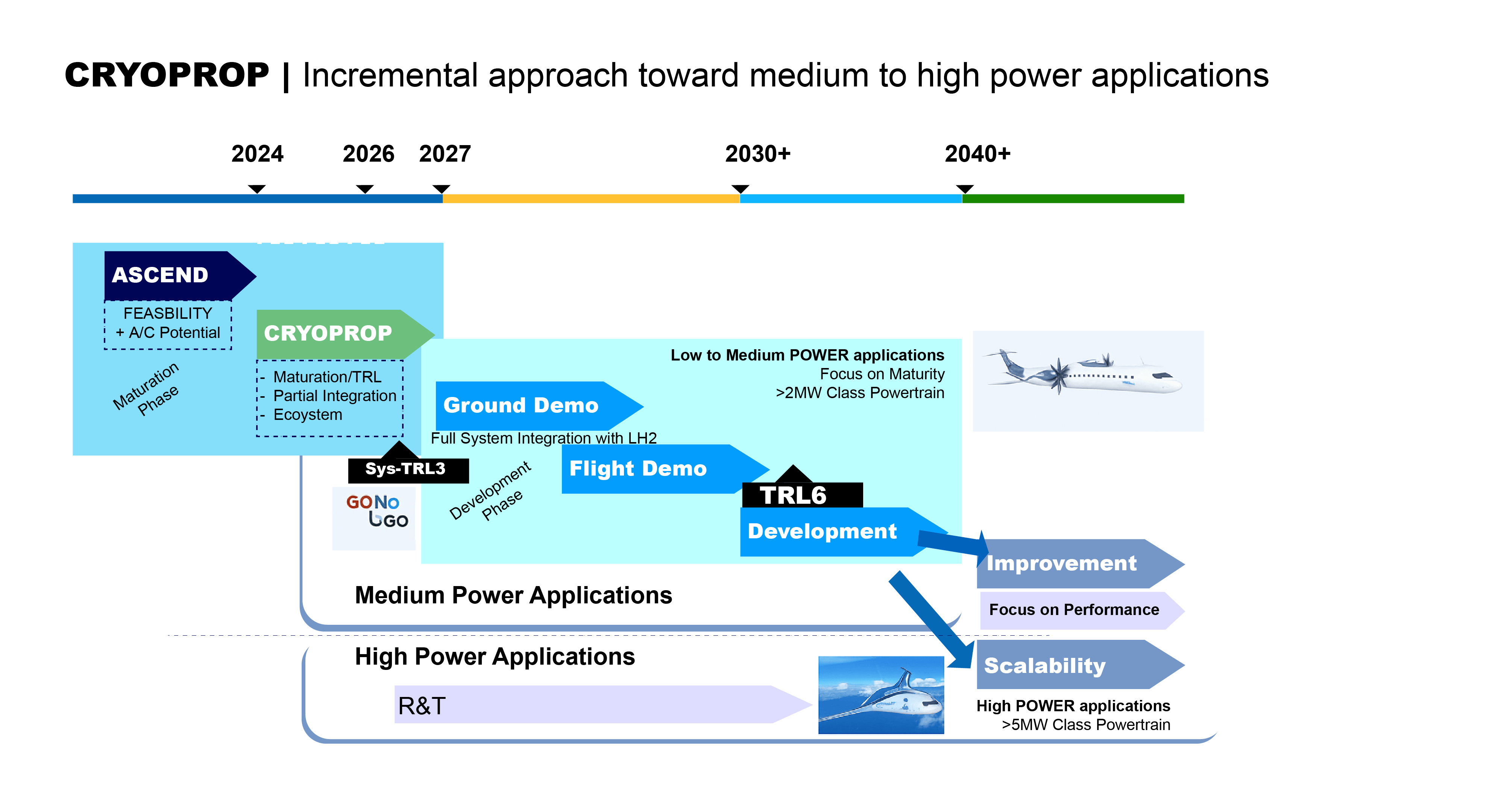HyFlux is working witth some of the largest airliines, aircraft manufacturers and shaping the future of True Zero Emissions flight.
In addition to gas turbine-powered planes, there are also electric and hydrogen-powered planes and fuel cell-powered planes with superconducting motors. These technologies offer potential alternatives to kerosene-burning aircraft and can be compared to the cost of operating zero-emission aircraft.
Gas turbine-powered planes
Gas turbine engines, also known as jet engines, are commonly used in commercial aviation. Gas turbines burn kerosene or other fuels to produce the high-temperature, high-pressure gases that power the engine's turbine blades. These blades then drive the engine's fan, which provides thrust.
Gas turbine engines are highly efficient and have a low weight-to-power ratio, making them ideal for aviation. They are also highly reliable and require minimal maintenance. However, gas turbine engines produce emissions, including carbon dioxide, nitrogen oxides, and particulate matter.
Fuel cell-powered planes with superconducting motors
Fuel cells are devices that convert the chemical energy of a fuel, such as hydrogen or methanol, into electricity. Fuel cell-powered planes use hydrogen fuel cells to produce electricity, which powers the plane's motor. Superconducting motors are highly efficient motors that use superconducting materials to reduce energy loss.
Fuel cell-powered planes with superconducting motors are highly efficient and produce zero harmful emissions during flight. However, the cost of producing and storing hydrogen is currently high, and the infrastructure required to produce and distribute hydrogen is not yet widely available.
Efficiency comparison
Gas turbine engines are highly efficient, with a thermal efficiency of around 50-55%. This means that around 50-55% of the energy in the fuel is converted into useful work, with the remainder lost as waste heat. However, gas turbine engines produce emissions, which contributes to the aviation industry's carbon footprint.
Fuel cell-powered planes with superconducting motors are highly efficient, with an overall efficiency of around 60-65%. This means that around 60-65% of the energy in the fuel is converted into useful work, with the remainder lost as waste heat. Additionally, fuel cell-powered planes with superconducting motors produce no harmful emissions during flight.
Cost comparison
The cost of operating gas turbine-powered planes is highly dependent on fuel prices, which can fluctuate significantly. Additionally, gas turbine engines require regular maintenance to keep them operational, which can be expensive.
The cost of operating fuel cell-powered planes with superconducting motors is currently higher than gas turbine-powered planes. However, the cost of producing and storing hydrogen is expected to decrease as technology and infrastructure improve. Additionally, the efficiency of superconducting motors is expected to increase as technology improves.
Conclusion
In conclusion, gas turbine-powered planes and fuel cell-powered planes with superconducting motors offer potential alternatives to kerosene-burning aircraft and can be compared to the cost of operating zero-emission aircraft. Gas turbine engines are highly efficient but produce emissions, while fuel cell-powered planes with superconducting motors are highly efficient and produce no harmful emissions during flight. As technology and infrastructure improve, the cost of operating fuel cell-powered planes with superconducting motors is expected to decrease, making them a promising alternative for the aviation industry.




